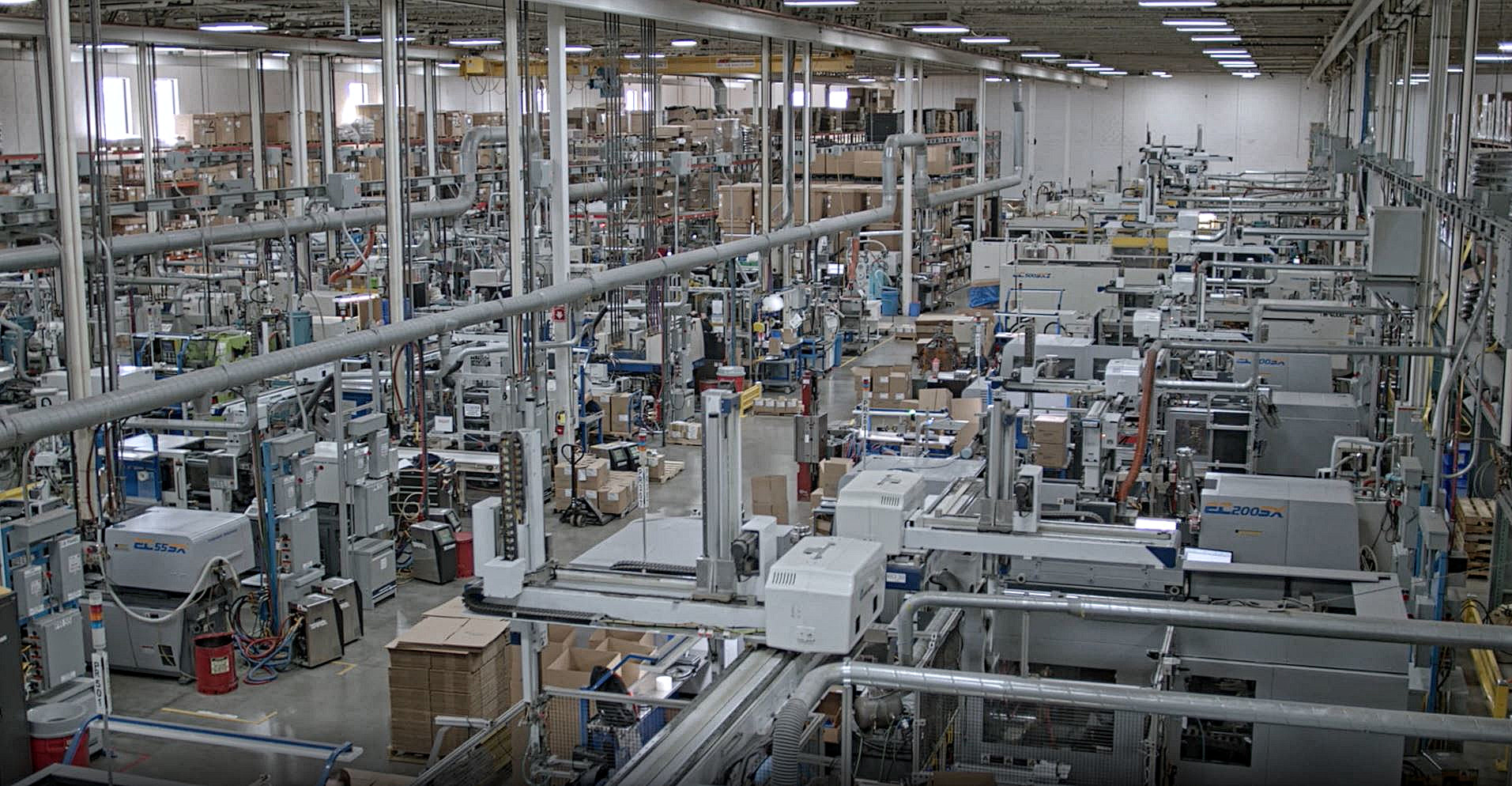Discover perfection in injection molding process optimization with scientific molding methods. From productivity to efficiency, we guide your journey.
Injection Molding Process Optimization for Manufacturing Excellence
We specialize in injection molding process optimization services aimed at optimizing injection molding processes to achieve the highest levels of productivity, efficiency, quality, and consistency.
As a result of the nature of the plastics, perfecting an injection molding process requires a meticulous scientific molding approach that encompasses multiple steps and considerations.
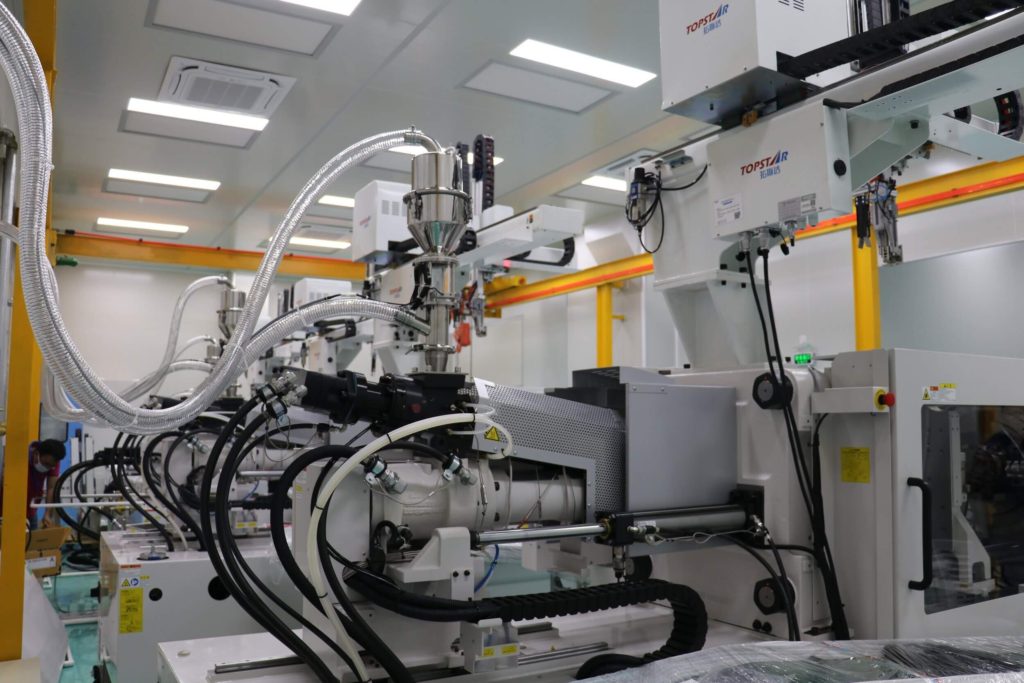
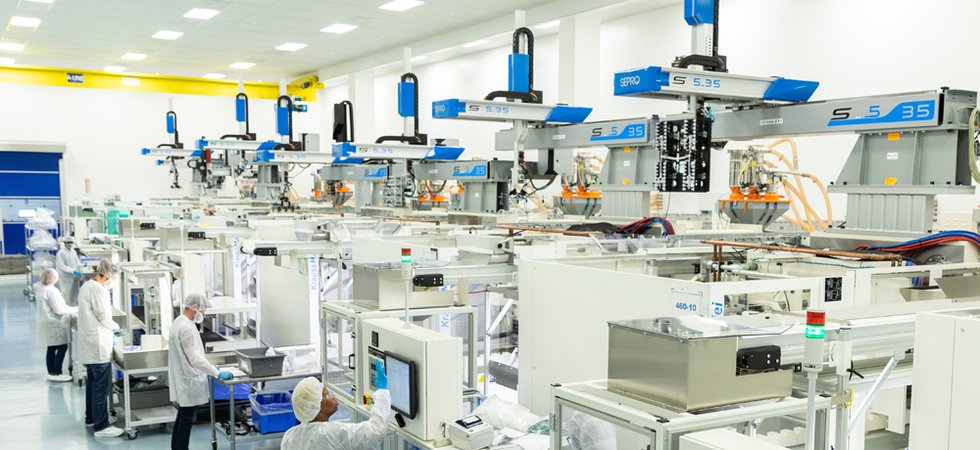
Our injection molding process optimization methodology is built on a foundation of scientific molding principles, statistical process control (SPC) techniques, design of experiments (DOE) and Six Sigma applications. By leveraging these tools and methodologies, we guide our clients through a comprehensive process optimization journey that ensures optimal performance and reliability of their injection molding processes. The process begins with a thorough review of the product design, material specifications, and regrind usage to identify any potential areas for improvement.
We conduct detailed assessments of the mold, injection molding machine, current process parameters and auxiliary equipment to identify opportunities for optimization, improvement and enhancement. Throughout the process, we pay close attention to key parameters such as clamping force, clamp movement, material, mold and barrel temperatures, injection speed and pressure, and cooling time. We analyze each parameter systematically to identify potential areas for improvement and implement adjustments to optimize the process.
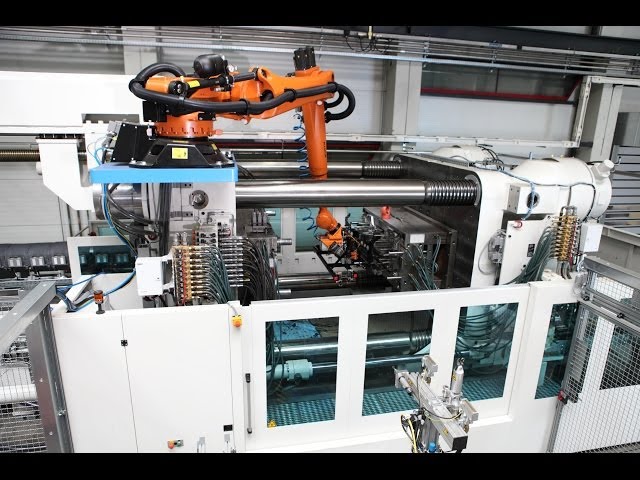
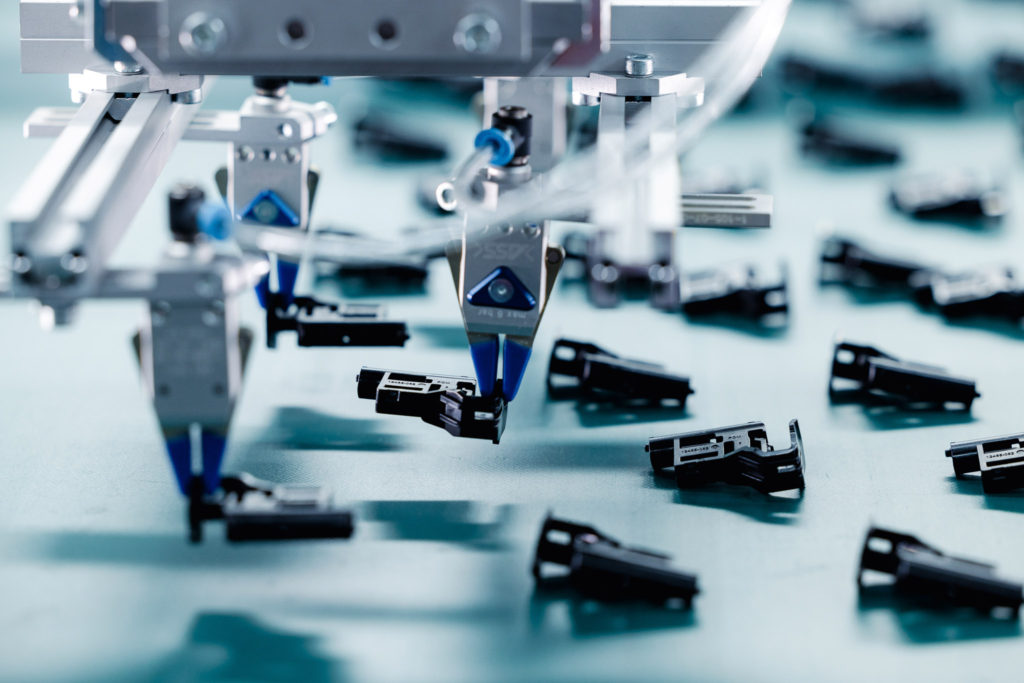
In addition to injection molding machine and auxiliary equipment settings, we also focus on optimizing ancillary components such as air jets, valve gates, hydraulic cores, ejector system, and robotics / end-of-arm tooling (EOAT). By fine-tuning these components, we ensure smooth operation, lower cycle times and maximum efficiency of the injection molding process.
Our approach also includes a comprehensive review of process sequencing and setup procedures to streamline production and minimize downtime. We provide detailed process setup sheets and SPC documentation to ensure consistency and repeatability in the production process.
Throughout the process optimization, we emphasize the importance of continuous monitoring and control. We implement and follow-up statistical process control (SPC) and design of experiments (DOE) techniques to monitor process variability and identify any deviations from the established parameters. This proactive approach allows us to address issues in real-time and maintain consistent quality output.
At Suensa, our commitment to excellence extends beyond the optimization phase. We offer 24/7 remote support to our member companies to ensure that our clients have access to assistance whenever they need it. Our team of experts are dedicated to providing ongoing support and guidance to help our clients maintain optimal performance and maximize productivity.
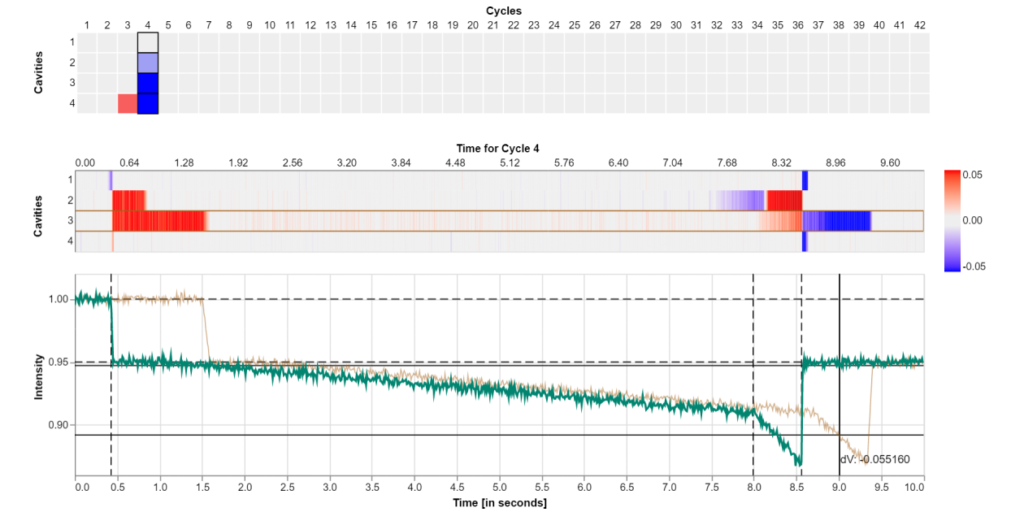
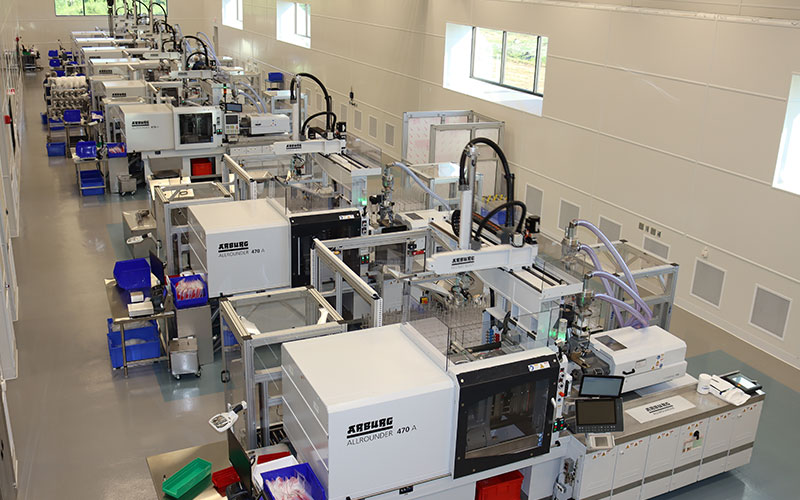
Our injection molding process optimization services are designed to help our clients achieve perfection in their injection molding processes. By following a systematic approach that combines both scientific molding principles, statistical techniques, and practical expertise, we help our clients optimize their processes for efficiency, quality, and reliability. We have a 24 steps process optimization framework to perfect the process of our clients.
Contact us today to learn more about how we can help you to achieve your injection molding goals with our process consulting service.
Benefits of Choosing Suensa
Expertise
Our team of seasoned consultants brings a wealth of experience and expertise in injection molding process optimization, robotics & automation, quality management, and operational excellence across a wide range of industries and sectors.
Customized Solutions
We understand that every business is unique, which is why we tailor our process optimization services to meet your specific needs and objectives. Whether you’re looking to increase efficiency, improve productivity, reduce cycle times, reduce costs, reduce scrap, or enhance product quality, we have the expertise, resources and knowledge to help you achieve your goals.
Results-Driven Approach
We are committed to delivering tangible results that make a meaningful impact on your bottom line. Our focus is on driving measurable improvements in productivity, efficiency, quality, and profitability, ensuring reduced scrap, a strong return on investment and profitability for your business.
Long-Term Partnership
We view our client relationships as long-term partnerships, built on trust, collaboration, and mutual success. Our goal is to become a trusted consultant and partner to your business, supporting you in achieving your strategic objectives and driving continuous improvement and growth.
Process Optimization
24 Steps to Perfection.
Embark on a journey of precision and efficiency with our 24-steps injection molding process optimization framework, meticulously designed to elevate your injection molding operations to new heights.
Assessment and Analysis
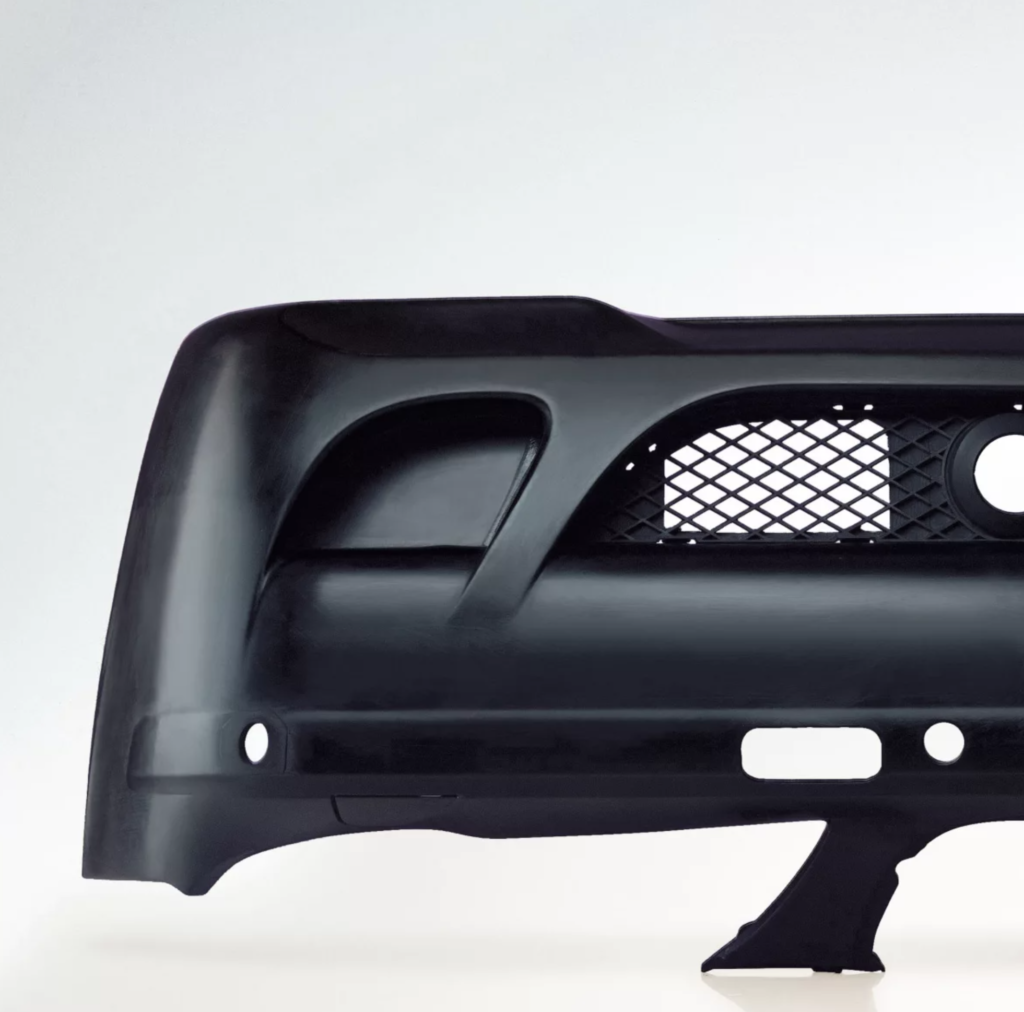
1. Product Review
Evaluating the product’s design and functionality to identify process optimization opportunities, including:
-Usage area
-Design requirements
-Dimension and tolerance requirements
-Molding type
-Assembly and mounting requirements
-Material suitability
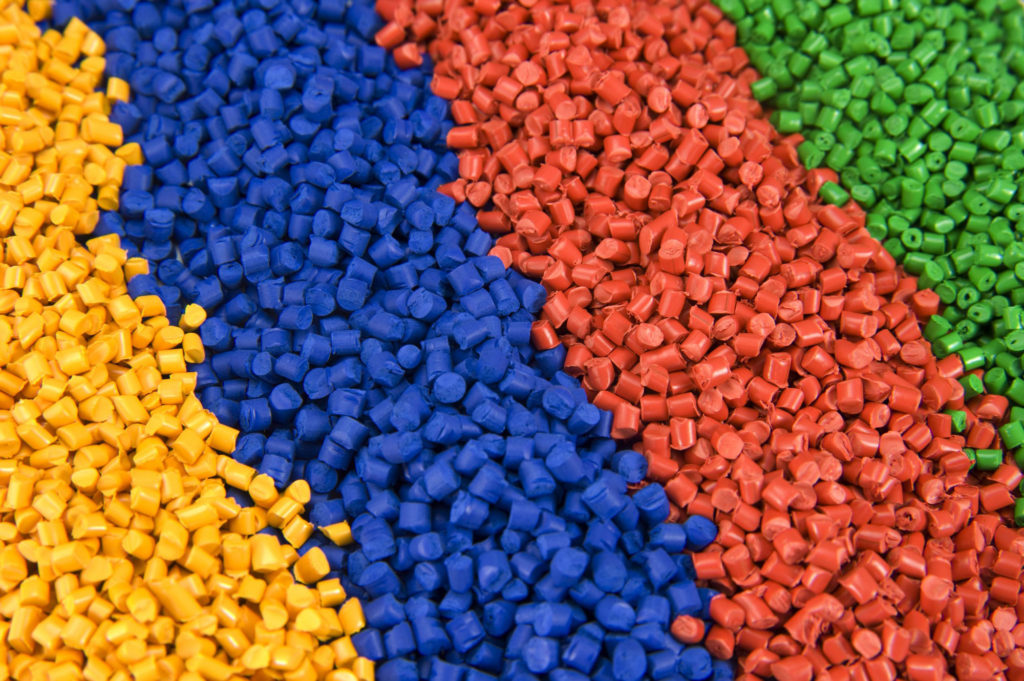
2. Material Review
Assessing material properties and suitability for the intended application, covering:
-Mechanical properties
-Chemical properties
-Thermal properties
-Flow and viscosity properties

3. Regrind Usage Review
Analyzing the incorporation of regrind material for cost and sustainability benefits, focusing on:
-Regrind ratio in the process
-Cost savings
-Additives such as color, fillers, stabilizers, and lubes
-Regrind particle size
-Regrind processing equipment needs and specs
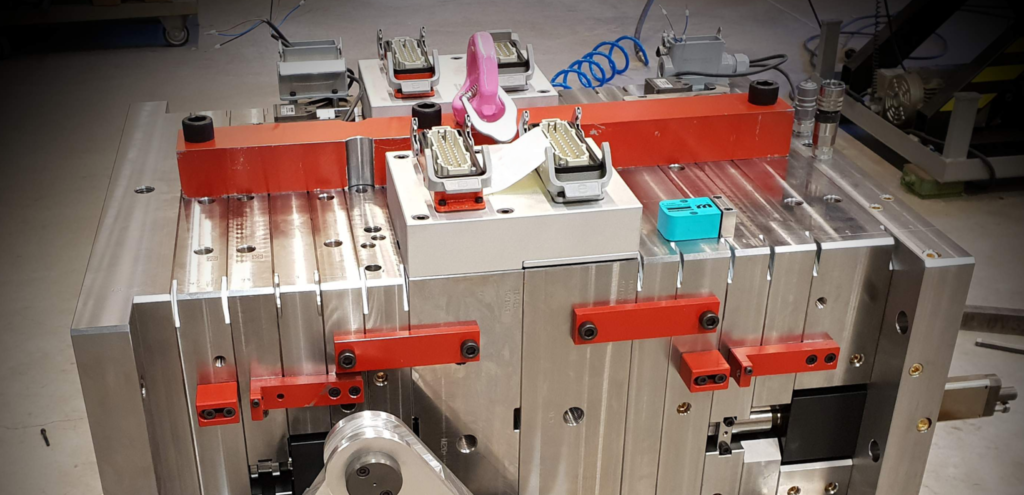
4. Mold Review
Examining mold design and condition for potential enhancements, including:
-Mold specifications
-Gate size and hot runner system
-Water line in-outs
-Availability of movable parts like cores
-Ejector system and type
-Mold size to ensure proper clamp force
-Guiding pins and part ejection system for mold protection

5. Injection Molding Machine
Optimizing machine parameters for efficiency and quality, considering:
-IMM make/model
-Drive unit specs (servo, hydraulic, or hybrid)
-Clamping unit specs
-Injection unit specs
-Available installed options
-Leveling of the machine and alignment of the nozzle
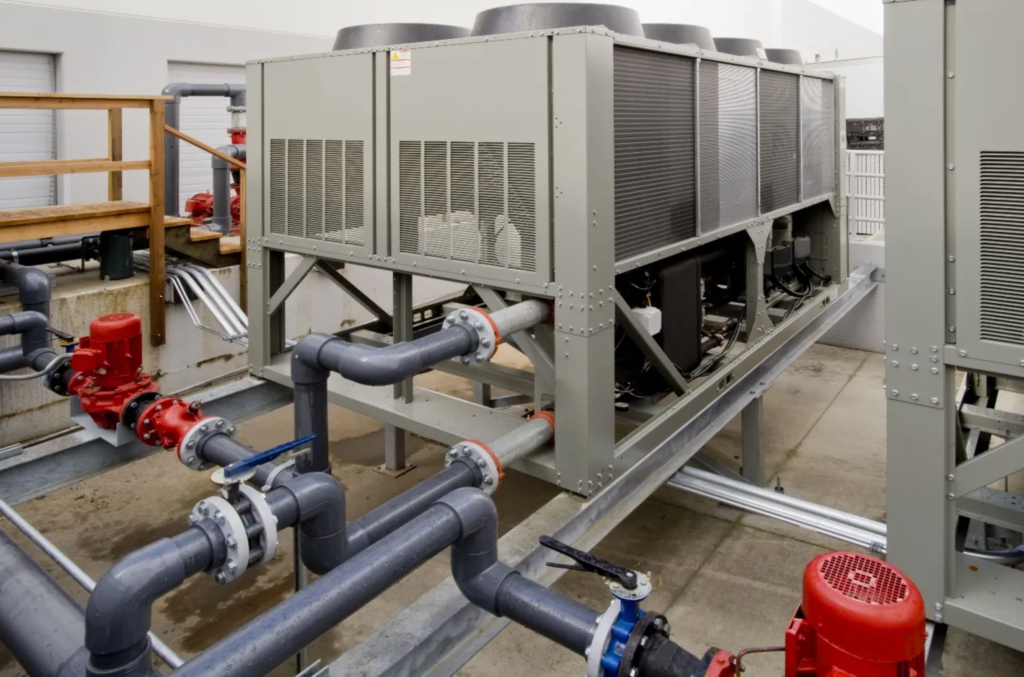
6. Auxiliary Equipment
Assessing the effectiveness of auxiliary equipment in the injection molding process, including:
-Water chiller
-Thermolator
-Robot make/model and specs
-Dryer
-Hopper loader
-Blender or weight scale blender
Strategic Planning and Optimization
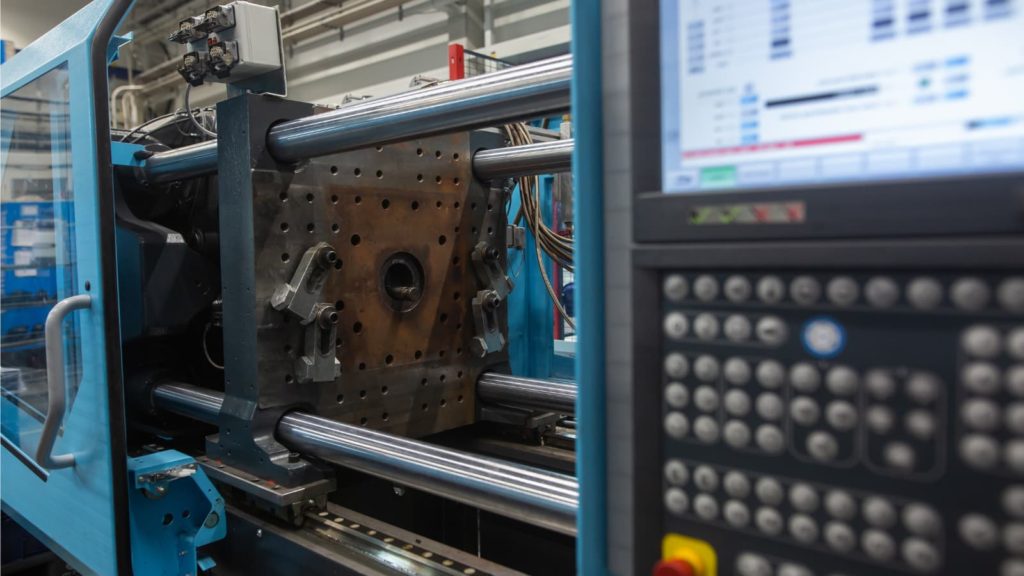
7. Process Review
Evaluating the current overall molding process for improvement possibilities, covering:
-Current process sequence
-Current cycle time
-Current clamp parameters
-Current injection parameters
-Current ejector parameters
-Current robot setup and take-out time
-Setup of air jets, valve gates, and hydraulic cores if applicable
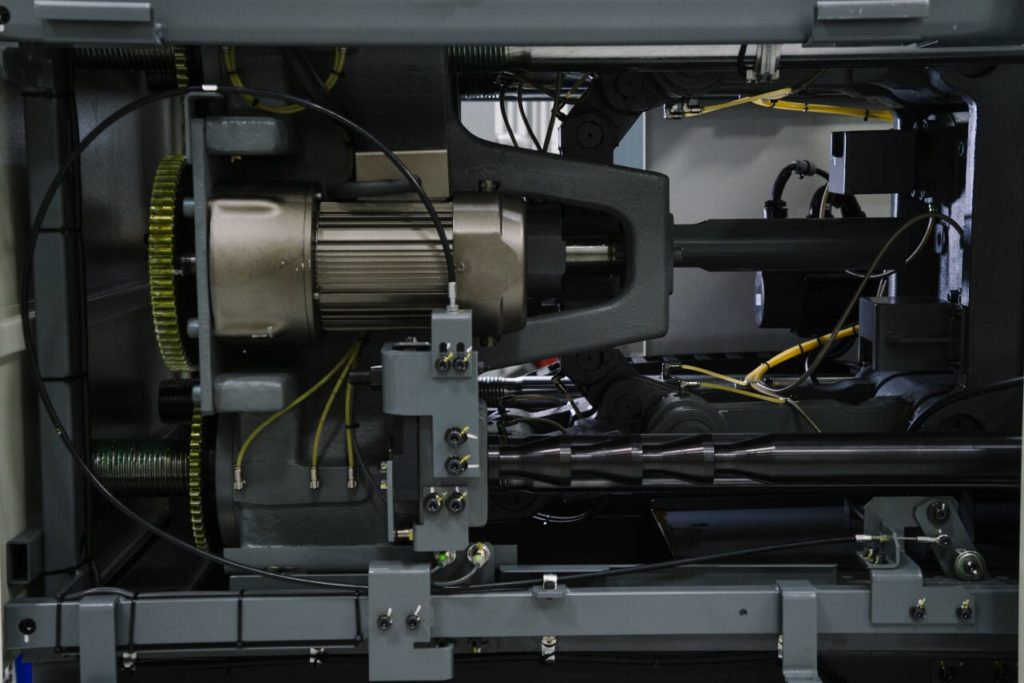
8. Clamping Improvements
Enhancing clamping mechanisms for better part consistency and cycle times, involving:
-Adjustments to clamp force
-Mold protection for safety
-Adjustments to mold opening positions and speeds
-Adjustments to mold closing positions and speeds
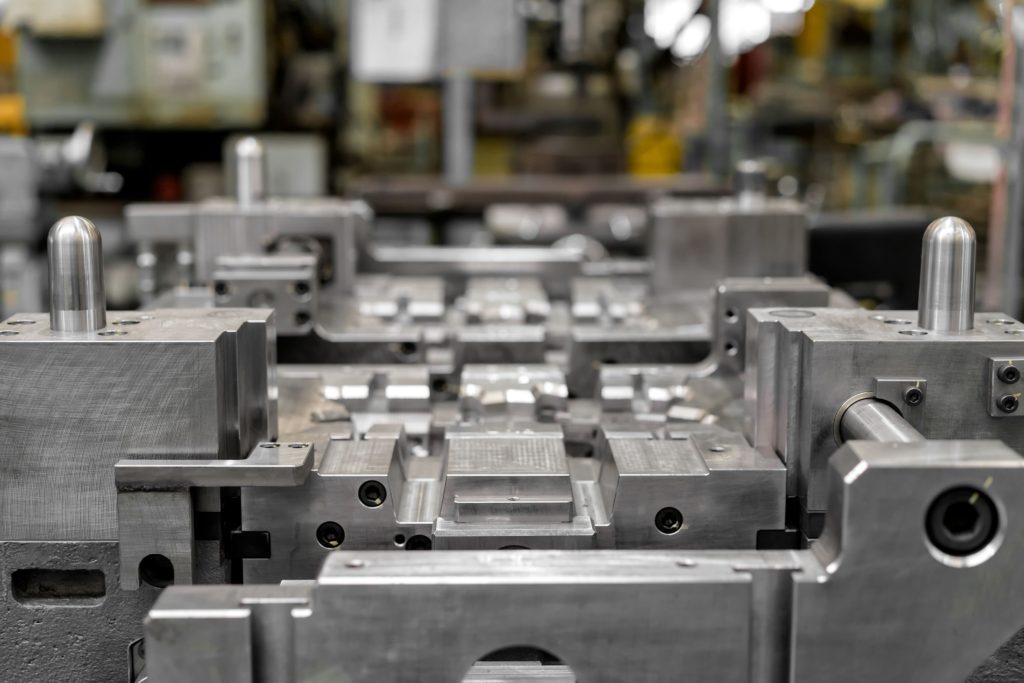
9. Mold Temperatures
Adjusting mold temperatures for improved part quality and cycle times by optimizing according to:
-Material
-Product
-Mold specs
-Water line setup
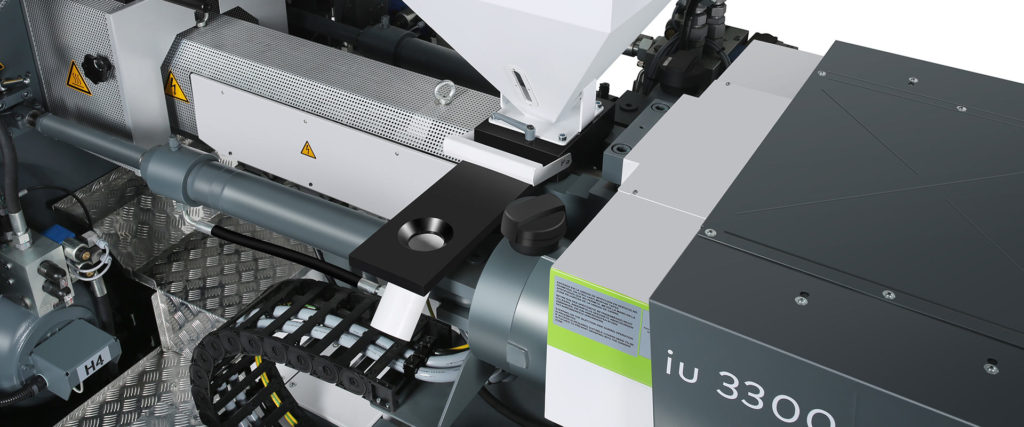
10. Barrel Temperatures
Fine-tuning barrel temperatures to ensure proper material flow, viscosity, and part/process consistency, including adjustments to:
-Hopper throat temperature
-All zones heater temperatures,
-Nozzle temperature
-Extended nozzle temperature
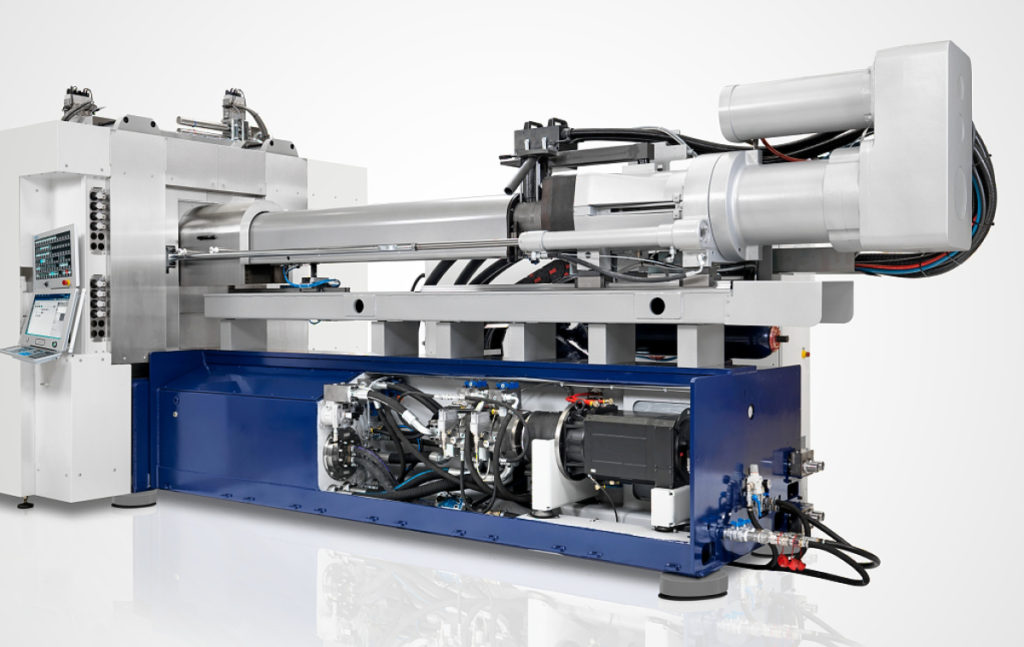
11. Injection Improvements
Refining injection parameters for optimal part filling and quality by optimizing:
-Injection stages
-Injection speed and pressures for all stages
-Holding changeover position
-Holding stages, speeds, and pressures
-Back pressure
-Recovery/charge delay and speed
-Pre-compression position and speed
-Suck back position and speed
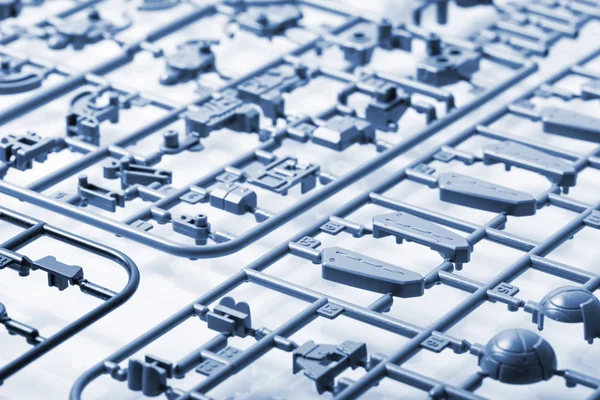
12. Air Jets Review
Evaluating air jet usage for part ejection efficiency (if applicable), including:
-Air pressure
-Air pressure sequence
-Air valve open and close times
Implementation Support
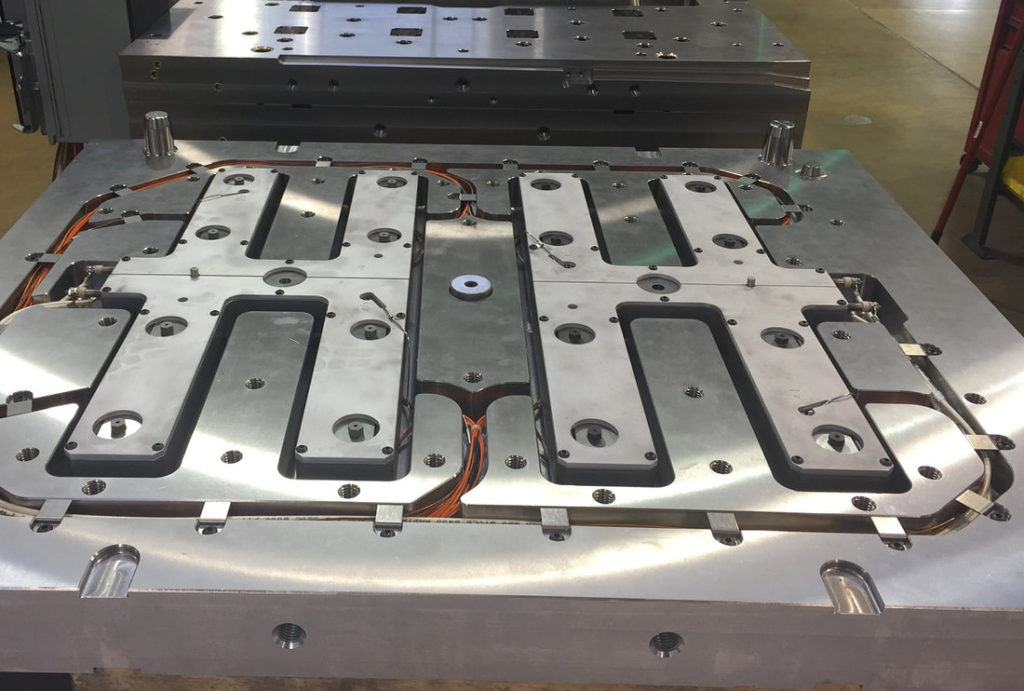
13. Valve Gates Review
Assessing valve gate performance for precise material control (if applicable), covering:
-Valve gate pressure
-Valve gates sequence
-Valve gate open and close times
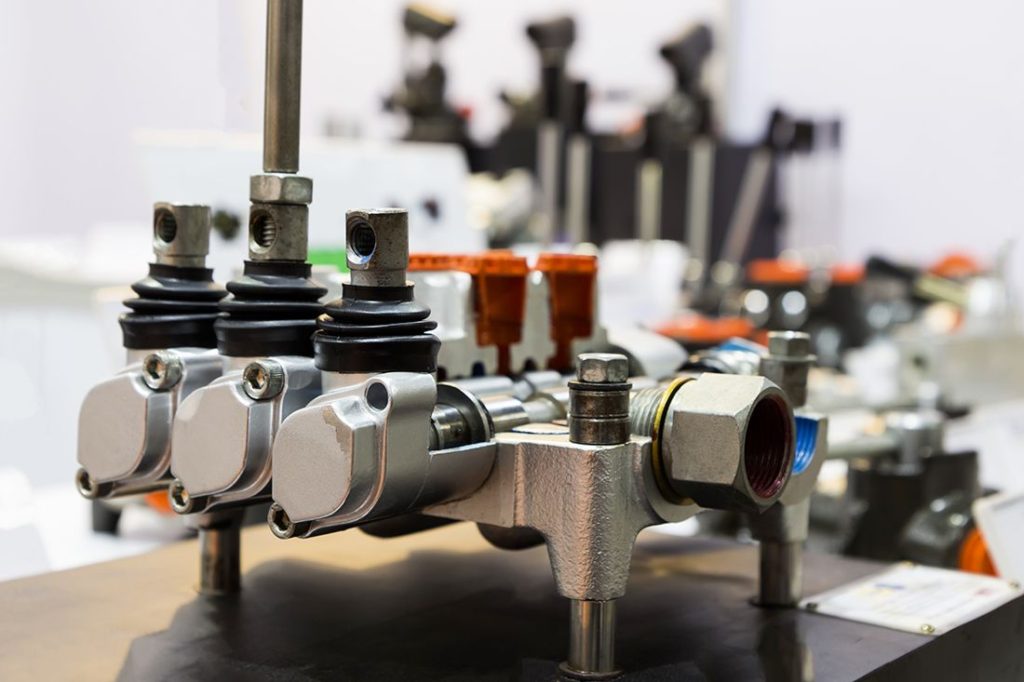
14. Hydraulic Cores Review
Optimizing hydraulic core functions for complex part molding, involving:
-Hydraulic unit pull and set oil pressure
-Hydraulic cores sequence
-Core in/out signalization
-Core in/out times
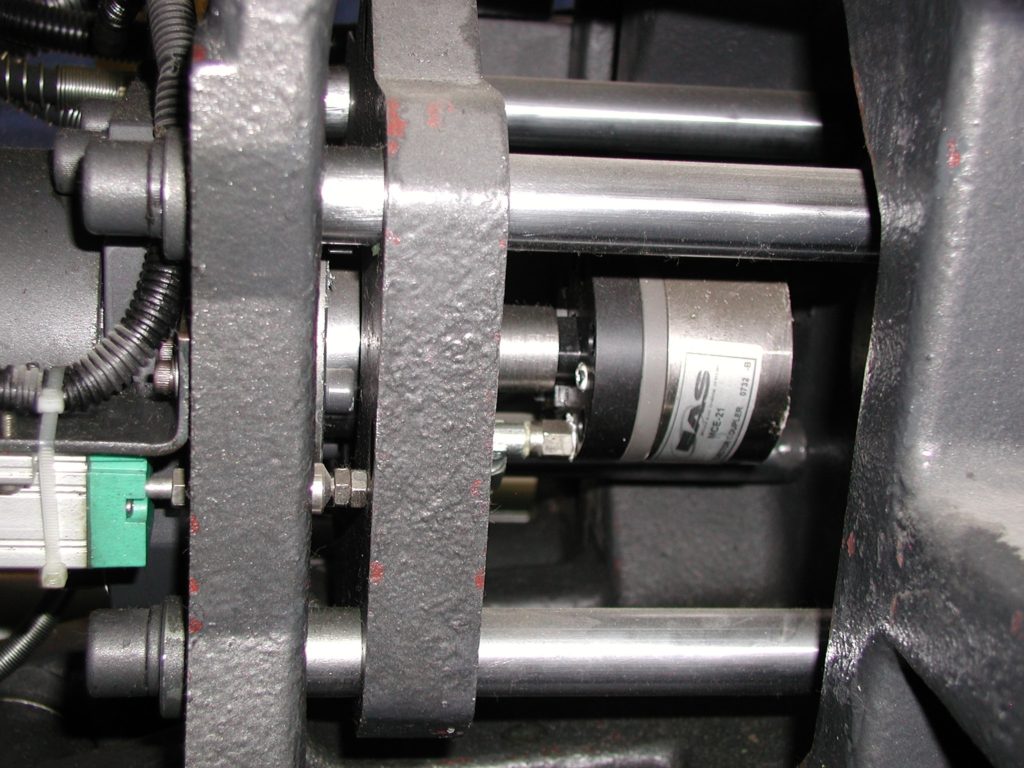
15. Ejector Improvements
Enhancing ejector system performance for smoother part ejection, addressing:
-Ejector system type (thread-in, ejector plate, springs, etc.)
-Ejector advance and retract forces
-Ejector stages and speeds
-Ejector counts
-Ejector protection (if applicable)
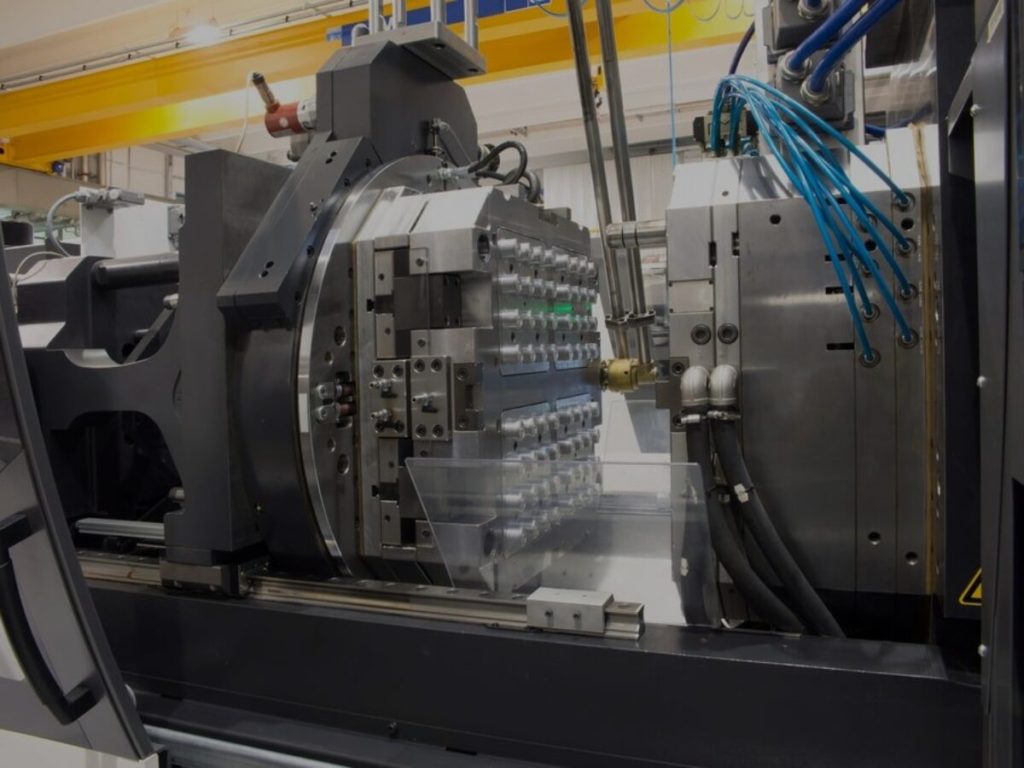
16. Robot/EOAT Improvements
Improving robot sequence and End-of-Arm Tooling (EOAT) for efficient part handling, optimizing:
-Robot home position
-Robot pickup position and speeds
-Robot out-of-mold speeds
-Robot conveying speeds
-Robot part release position
-Conveyor speed
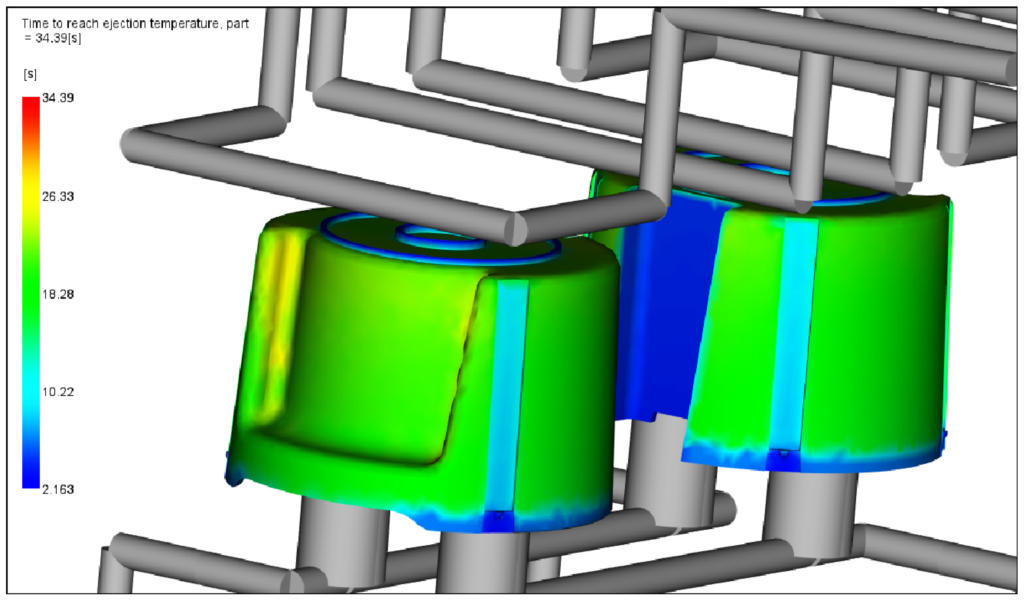
17. Cooling Time Review
Analyzing cooling times to reduce cycle times without compromising part quality, focusing on:
-Achieving the best possible cycle time
-Meeting shrinkage requirements
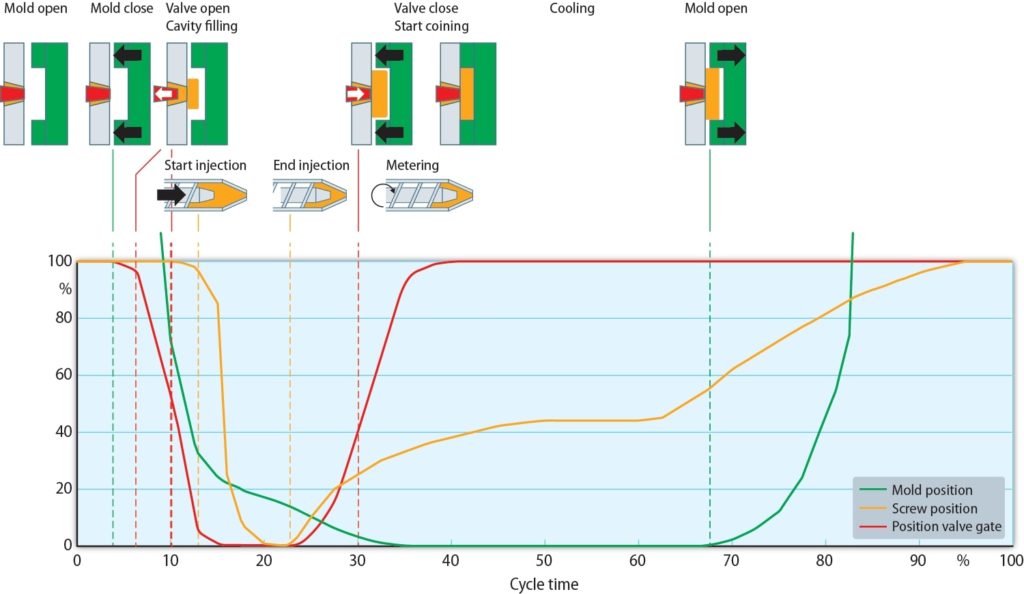
18. Process Sequencing
Optimizing the sequence of process steps for efficiency, ensuring:
-Achieving the best possible cycle time
-Implementing the right process sequence
-Ensuring an efficient process
-Maintaining machine health
Performance Monitoring, Documentation and Reporting
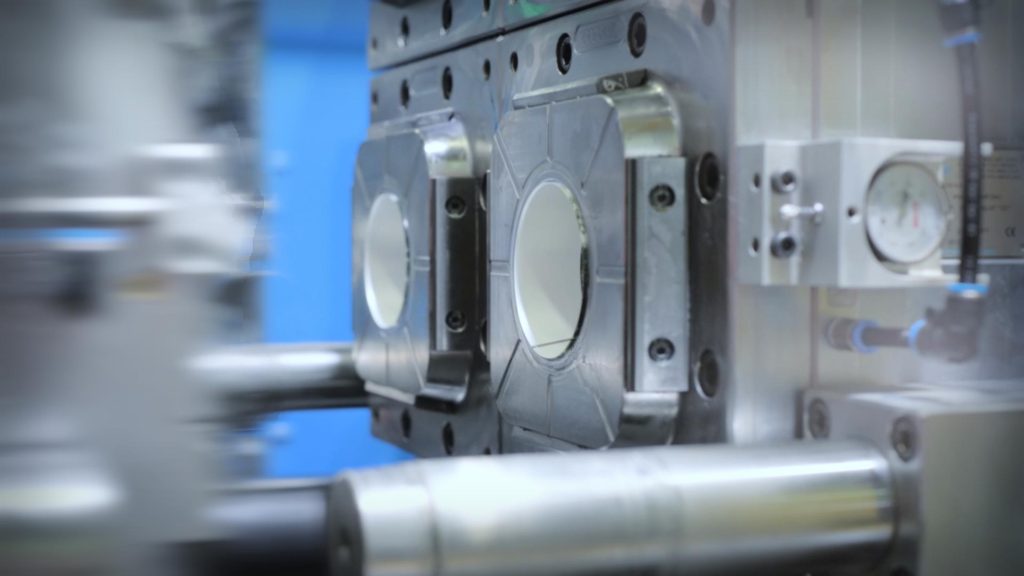
19. Final Process Review
Conducting a comprehensive review of the optimized process for final adjustments, ensuring process works with the right inputs and outputs like,
-Injection, Holding, Ejection, Cooling outputs
-Achieving the desired outputs within small tolerances
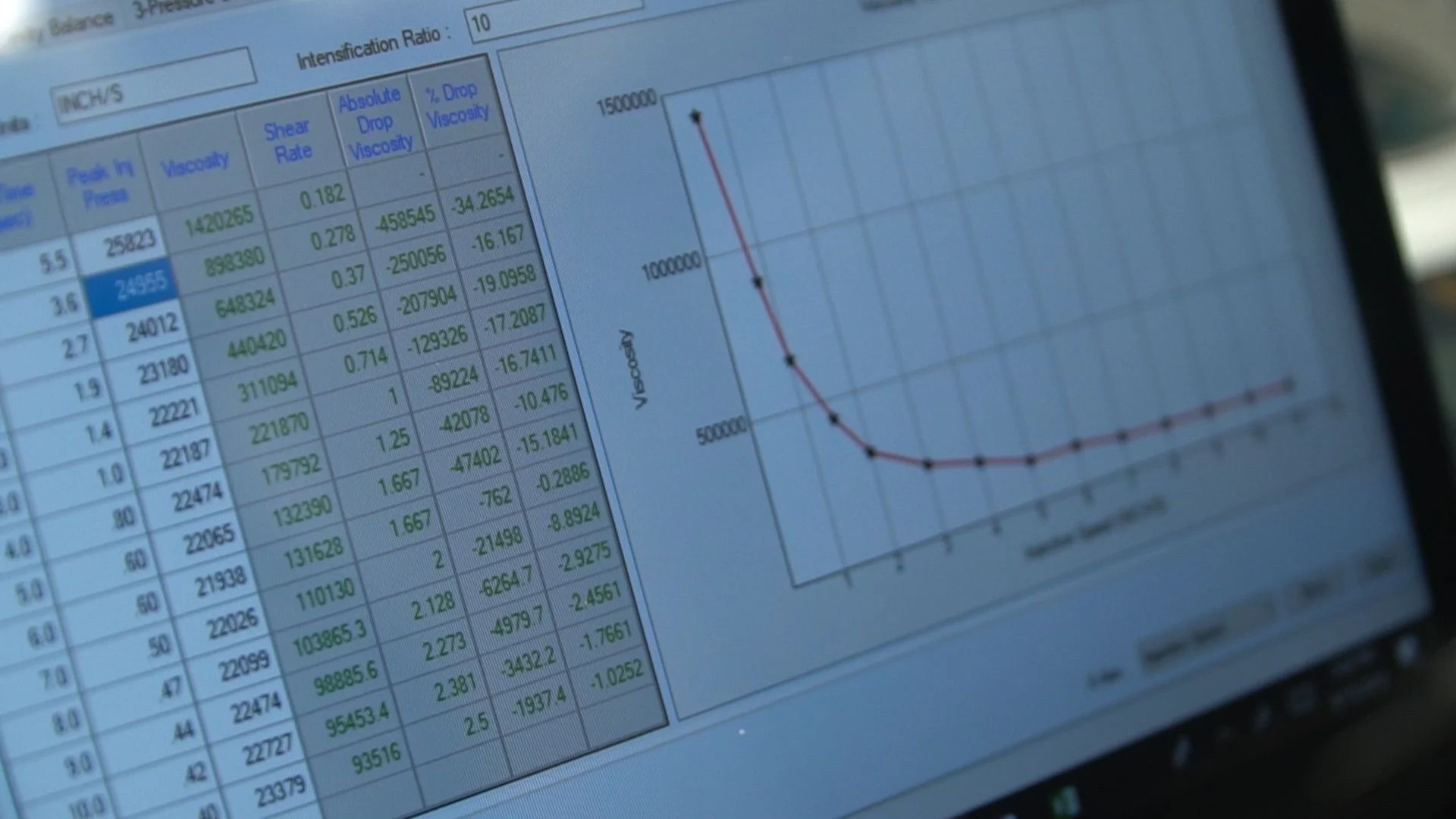
20. Process Troubleshooting
Addressing any issues or inefficiencies that arise during the injection molding process to ensure defect-free production, addressing:
-Flow lines, -Sink marks, -Surface delamination, -Weld lines, -Short shots, -Warping, -Jetting, -Vacuum voids, -Discoloration
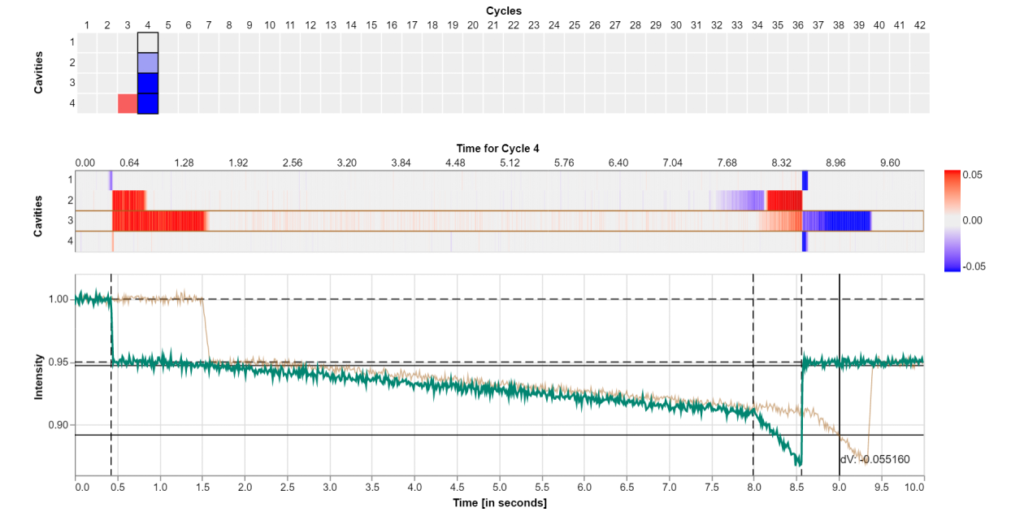
21. Monitoring Phase
Implementing monitoring systems to ensure ongoing process stability and quality control, checking:
-Crucial process outputs
-Correct cushion position
-Outputs within tolerances
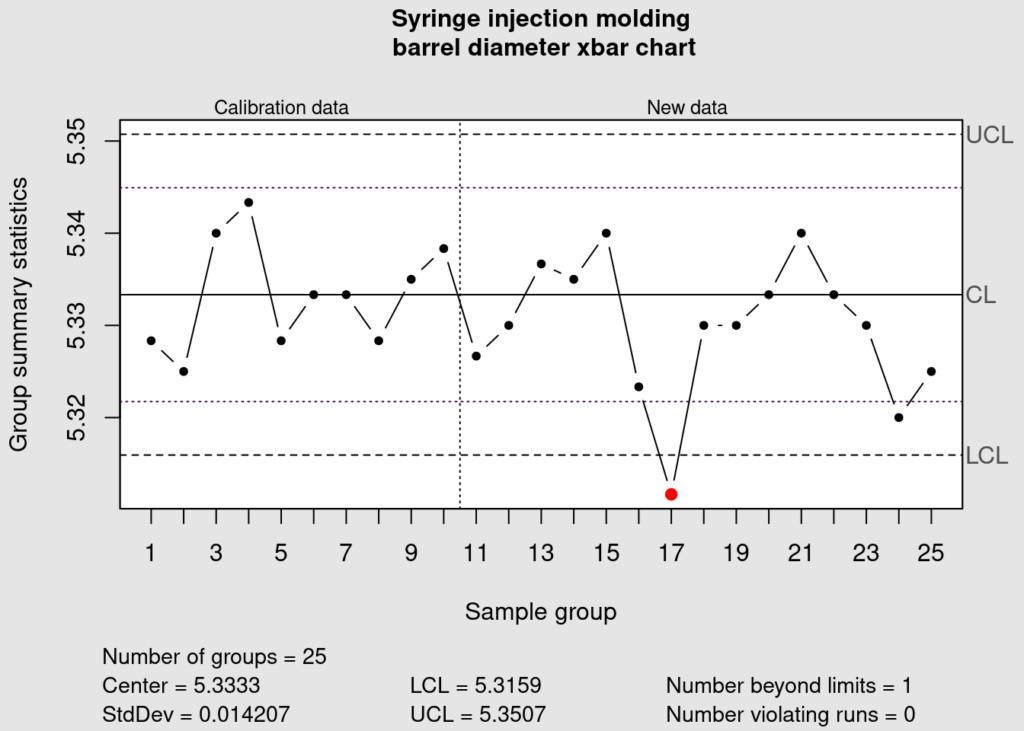
22. Statistical Process Control (SPC) Improvements
Enhancing SPC methods for better process control and consistency, utilizing:
-Scientific molding process methods
-Statistical process control
-Setting tolerance limits from six sigma approach
-Remote machine connectivity or IoT connection if necessary
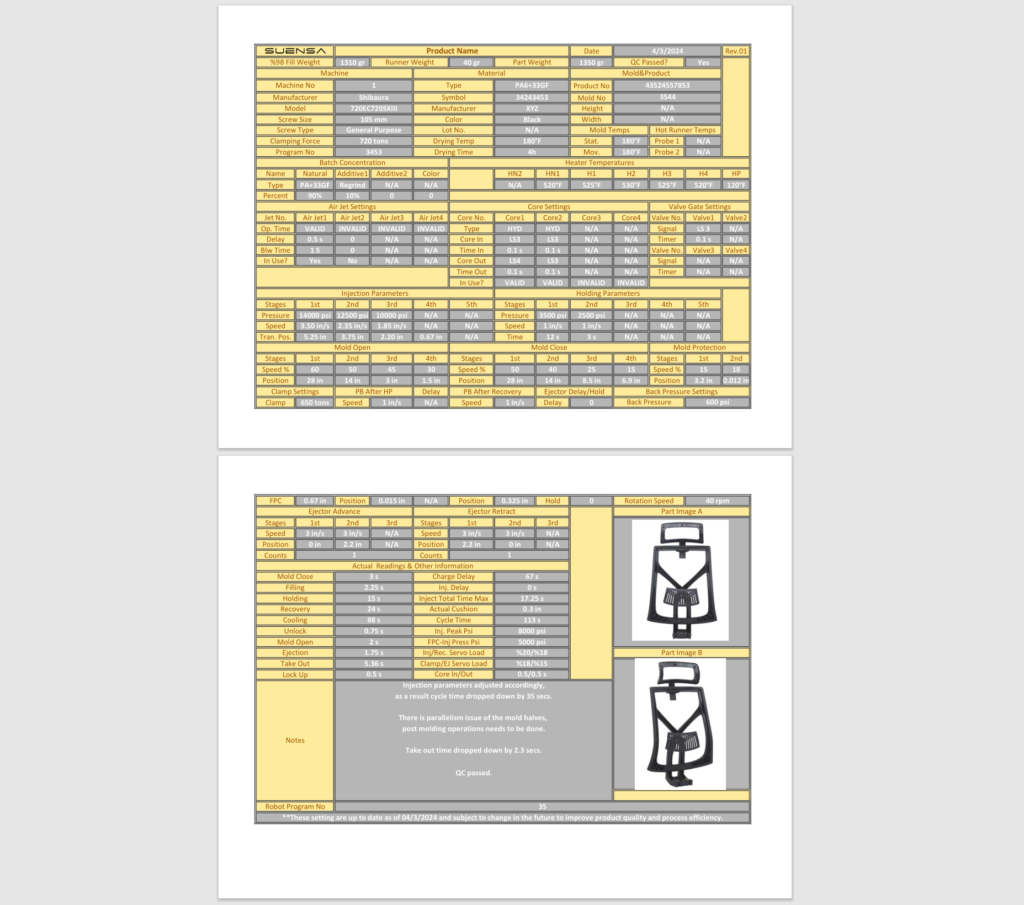
23. Process Setup Sheet and SPC Reports
Documenting optimized process settings for future reference and consistency, providing:
-A detailed process setup sheet including all parameters
-Ensuring no details are overlooked
-SPC graphs reports

24. Remote Process Support
Providing continuous remote support for immediate assistance and troubleshooting, ensuring:
-Support to make improvements or changes in the long run
-Peace of mind for clients with round-the-clock support
-Rapid response to any issues to minimize downtime
Our Comprehensive Approach
Steps 1 to 6
Assessment and Analysis
We begin by conducting a comprehensive assessment of your current processes, systems, and workflows. This may include product analysis, mold analysis, data analysis, performance metrics review, and stakeholder interviews to gain a deep understanding of your operations and identify areas for improvement.
Steps 6 to 12
Strategic Planning and Optimization
Based on our assessment findings, we work closely with you to develop a strategic roadmap for process improvement. Our consultants leverage their expertise and scientific molding industry best practices to outline actionable recommendations and prioritize initiatives that align with your business goals and objectives.
Steps 12 to 18
Implementation Support
We provide hands-on support throughout the implementation phase, guiding you through the process of executing recommended improvements and initiatives. Our consultants work closely with your team to overcome challenges, address roadblocks, and ensure successful implementation of the proposed solutions.
Steps 18 to 24
Performance Monitoring, Documentation and Reporting
Once improvements are implemented, we continue to monitor performance metrics and assess the impact of the changes. Our goal is to help you track progress, identify opportunities for further optimization, and continuously refine your processes to drive ongoing improvement and success.
process optimization
Pricing
Existing Processes
Starting From,
$1499
per process
- 24-Steps Process Optimization
- Assessment and Analysis
- Strategic Planning and Optimization
- Implementation Support
- Performance Monitoring, Documentation and Reporting
- In-plant(*) or remote support
- 24/7 Process Support
- Continous Process Improvements
- Monthly SPC Monitoring Reports
- Process Troubleshooting
New Processes/Product Launches
Starting From,
$1999
per process
- 24-Steps Process Optimization
- Assessment and Analysis
- Strategic Planning and Optimization
- Implementation Support
- Performance Monitoring, Documentation and Reporting
- In-plant(*) or remote support
- 24/7 Process Support
- Continous Process Improvements
- Monthly SPC Monitoring Reports
- Process Troubleshooting
* In-plant support may be subject to additional charges like hourly rate or travel expenses.
Value Added Services
Go beyond limits.
1. Documentation
Comprehensive documentation of all process improvements and recommendations for future reference and compliance purposes.
2. Analytics and Reporting
Utilizing advanced data analysis & reporting techniques to provide insights into process performance and identify areas for further process optimization.
3. Monthly Reports
Preparation of regularly scheduled reports detailing process performance metrics, trends, and improvement initiatives undertaken.
4. Production Line Establishment
On-site assistance and guidance to ensure seamless production line establishment.
5. Part Design Review
Evaluating part designs for manufacturability and suggesting modifications to enhance moldability and quality.
6. Part Failure Analysis
Investigating part failures to identify root causes and implement corrective actions for improved part performance.
7. Part Assembly Analysis
Analyzing part assembly process to optimize efficiency, minimize waste time and assembly issues.
8. Post Molding Operation Review
Assessing post-molding operations such as flash trimming, finishing, labeling, automations and packaging for efficiency and quality improvement opportunities.
9. Equipment Selection
Assisting in the selection of injection molding equipment and auxiliary machinery to best suit the specific requirements of the application.
10. Cavity Temperature Analysis
Analyzing cavity temperature distribution to optimize cooling process and minimize part warpage and defects.
11. Cavity Pressure Analysis
Monitoring cavity pressures of transducers during the injection molding process to ensure consistent part quality and detect process deviations.
12. Moldflow Analysis
Conducting Moldflow simulations to predict part quality, injection molding process parameters, optimize gate locations, and prevent potential molding defects.
13. Witness & Testimony
Providing expert witness & testimony services in case of accidents or legal disputes related to injection molding process.
14. Mold Report Analysis
Reviewing mold reports to identify areas for mold maintenance, repair, or optimization to prolong mold life and ensure consistent part quality.
15. Maintenance Scheduling
Developing a proactive maintenance schedule to keep equipment and molds in optimal condition, minimizing downtime and maximizing productivity.
value added services
Pricing
Existing Processes
Starting From,
$399
per value added service
- Documentation, Analysis and Reporting
- Monthly Reports
- Production Line Establishment (*)
- Part Design Review
- Part Failure Analysis
- Part Assembly Analysis
- Post Molding Operation Review
- Equipment Selection
- Cavity Temperature Analysis
- Cavity Pressure Analysis
- Moldflow Analysis
- Witness & Testimony (*)
- Mold Report Analysis
- Maintenance Scheduling
* In-plant support may be subject to additional charges like hourly rate or travel expenses.
Continuous Improvement, Limitless Potential
Partner with Suensa for Streamlined Success
In the world of manufacturing, there’s always room for improvement. Our mission is to help you unlock the full potential of your operations through injection molding process optimization, achieving the highest levels of precision, quality, efficiency, and profitability.
With deep expertise and proven strategies, we work alongside you to refine and optimize processes, minimizing waste, reducing costs, and enhancing quality at every stage. We believe that optimizing your process is not just about fixing issues—it’s about continuous improvement for long-term success.
Start your journey toward operational excellence with our meticulously designed 24-step injection molding process optimization framework. Together, we’ll transform your processes into ones that deliver superior results, consistent quality, and measurable improvements.
